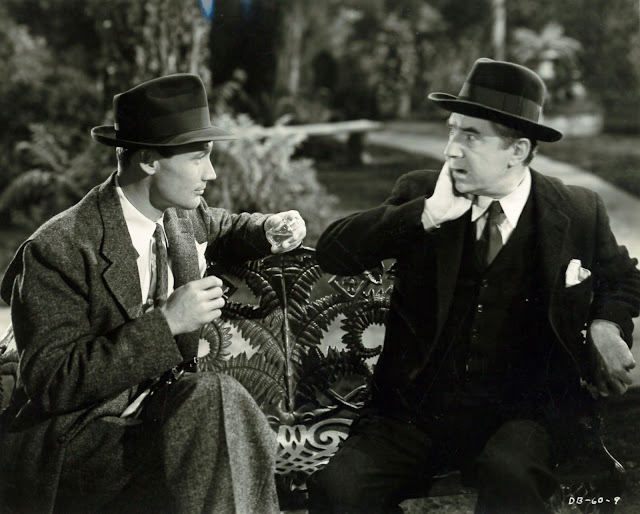Long Awaited Comedies Arrive On DVD
The Sprocket Vault Releases 18 Charley Chase Talkies
Back in footie pajamas and recount of rose-hued collecting youth when I got first look at a talking Charley Chase. The short was Hasty Marriage, an 8mm print acquired from Blackhawk for $16.98 in 1971. This is still my favorite Chase, a choice driven by sentiment, but how resistible is any comedy shot on site in Culver City and revolved around street cars long lost to history? So has been sound-era Charley unfortunately, other than glimpses where TCM used him for a filler. We've had the silents, plenty as tendered by several DVD labels, but all that he did after was buried deep, excepting those for
Here's a distinct advantage of the 1930-31 group: They are for most part underscored by delightful Hal Roach themes we all came up with as accompany to Our Gang and Laurel-Hardy. I could watch, more so listen, to these films over and again even if casts stood stock still and said nothing. Of all things to cherish about Roach comedies, it is tune accompany I love best. Their music is overlay of joy to the lot. Charley Chase enhanced that by adding song to many of his shorts, and these are sprinkled through the discs' eighteen. Added value to the Chase Collection is fact that it is as much a Thelma Todd Collection, for she is in many of selections here. Thelma still works a magic after eighty years gone, a beauty for which we need make no allowance for time or fashions changed. Having her along is like getting double value from each of these comedies. We've seen a lot of gold veins tapped from humor's past, most thanks to effort of fans who were raised on vintage stuff. Those of us on receiving ends of these labors of love should support these and share them. Continued release of the Chase group (and there are many more CC comedies) will be determined by response to this first DVD. Let's get behind the Sprocket Vault's worthy work and make a long-run series of Charley Chase with talk (and music).




















































